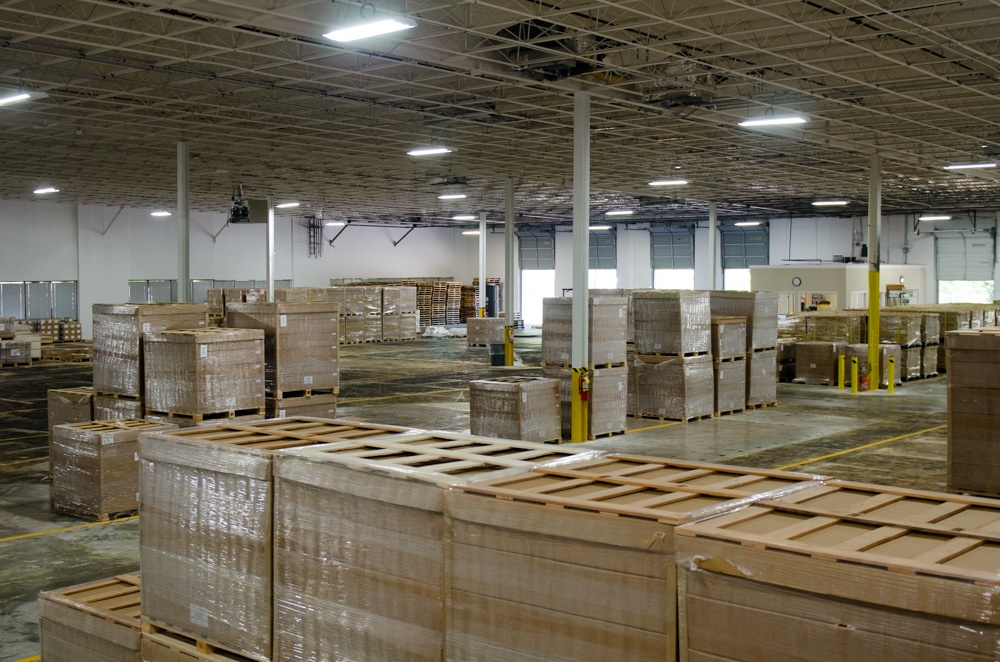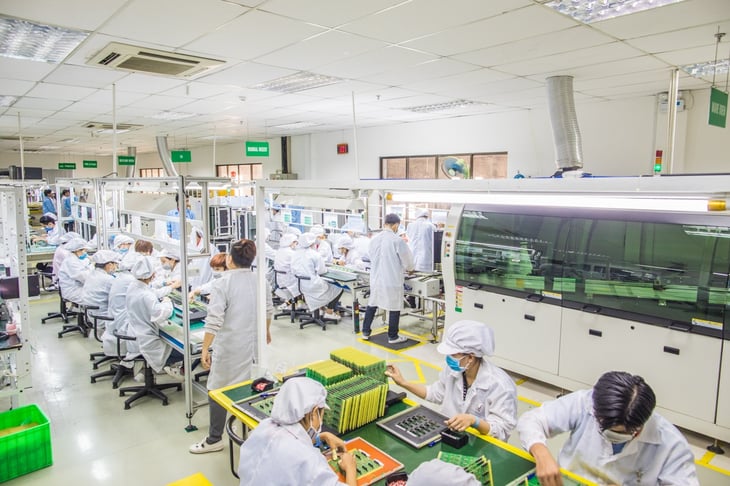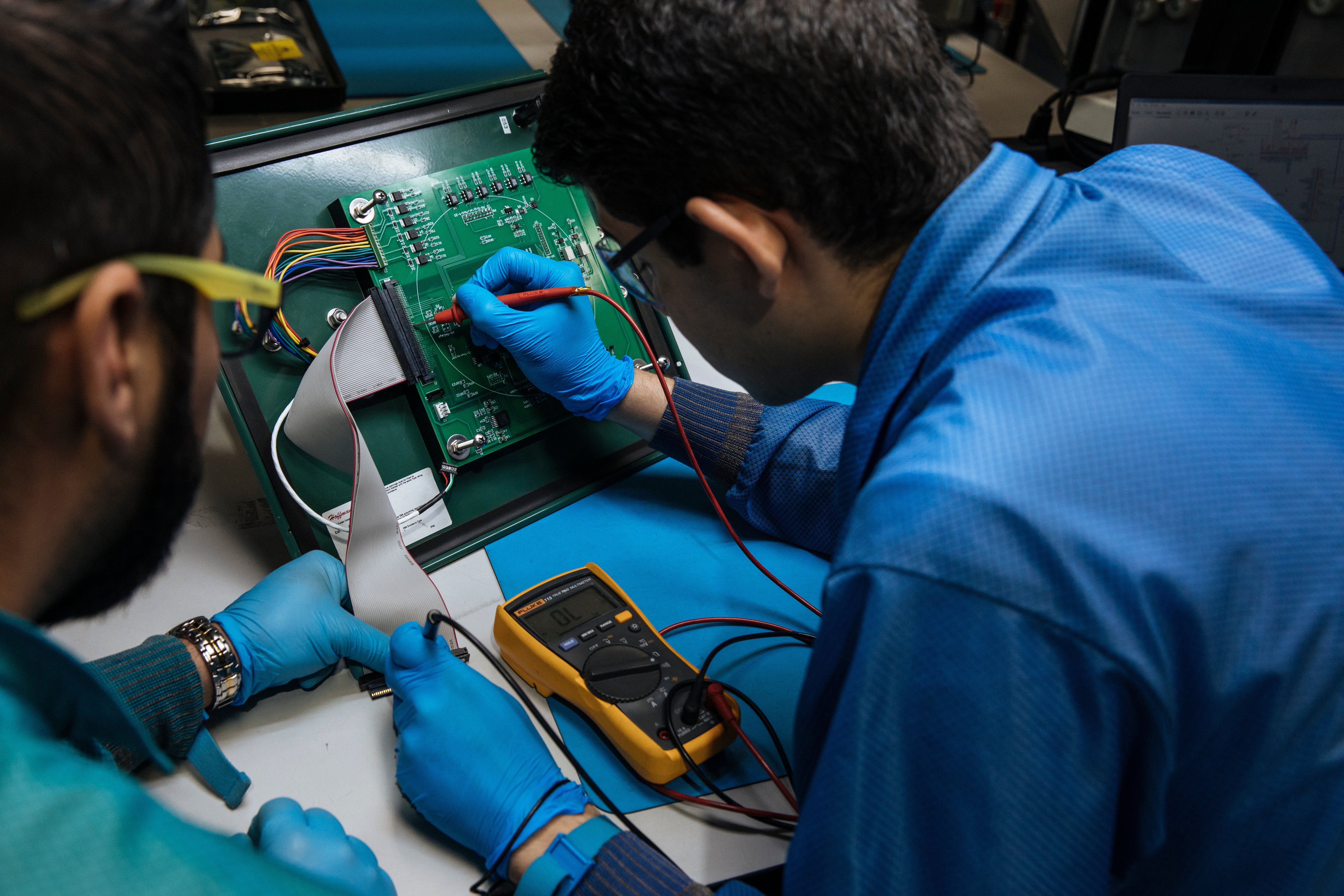It is the pandemic that has shocked the world. Though health experts had been talking about a global pandemic for years, lack of adequate planning and global reliance on China’s manufacturing prowess allowed COVID-19 to unveil major vulnerabilities in today’s supply chain trends.
While we have our own theories on what the post-coronavirus world will look like, we wanted to hear from some other experts on just what changes we may see in the next few years. We spoke with Albert Saphir, Principal at ABS Consulting and David Alexander, Founder of Baysource Global, to hear their thoughts on what the new normal in manufacturing and supply chain may look like once the initial impact of COVID-19 begins to settle.
Q: It’s 12 months from today. What does the new normal look like for the global supply chain?
DAVID: One of the interesting things is travel. People have asked us who our biggest competitor is, and it’s a very easy answer. The internet. There is always the thought that “if I can communicate with China or Asia, then I can do business with China or Asia.” Well, [post-COVID-19] there will be a lot less travel, and even when it does does [resume or get back to normal], both in a regulatory sense and behaviorally, it could mean more reliance on a local contract manufacturer with a team on the ground in Asia.
Will China be at a place when they can no longer dictate payment terms? Will China have to bear the cost increase, when before they were getting 100% FOB from customers? Will they be hungrier for business? We’re going to have to wait and see. It’s really got to be almost a movement. If one Chinese manufacturer is now offering terms, then that means his competitor in China now has to offer terms and cannot demand that 100% payment anymore.
I could see either brand new teams with efforts dedicated to sourcing strategies to include reshoring. Much more analysis into the cash flow models and analysis. Is it a make-buy? Is it make in Asia/make in Mexico joint strategy? You know how this goes – someone finds one good supplier in China who takes care of them for years and they never go see what else is out there because it’s a hassle. We’ve got to do the work now. We are forced to do that work instead of being lazy.
"Another one of the themes would be that JIT becomes JIC (Just-in-Case)."
I do believe companies will rethink their Just-In-Time strategy and will build safety stock and greater inventory to protect against disruptions.

ALBERT:
"In a nutshell, it’s going to be more expensive."
There are going to be different aspects of cost increases; some of it certainly is going to be transportation-related, others simply sourcing materials. Supplies will be more expensive, and some [parts] may be scarcer than others.
Companies looking at the lowest possible cost when sourcing without taking some of the other aspects into consideration will hopefully change. People may just say ‘well we might source some of the really cheap parts from [China], but we’re also going to find a second source that is slightly more expensive from a different region, maybe closer, so that way we have a blended cost at the end.’
Something that comes with it is more diverse sourcing – trying to eliminate single-sourcing whenever possible. This isn’t just finding someone who can do it, but actually buy from them so there is already activity happening.
Right now, we’re working very much in this Just-In-Time concept, and I think down the road some people will step back a little bit from that and try to expect some delays and bottlenecks, especially if certain capacity is not available. You may need larger inventories, specifically for the items that can easily run out.
Q: Who do you think is going to have to bear that inventory cost?
ALBERT: At the end of the day, it will be whoever is the end consumer. It will trickle down, I think. It might be absorbed by some parties throughout the supply chain, but I think eventually it’s that cost increase that I mentioned before. We want to carry more inventory in some of these areas.
Q: With the shift to an Asia-only to a more blended option, will the slightly higher cost be welcomed to mitigate the risk?
ALBERT: That’s my personal expectation as a consultant, and also looking at quality as well as overall performance. Just looking at a spreadsheet will be a step back, and I don’t think the new normal will be that way.
DAVID: There’s not a one-size-fits-all and it always comes down to what the market will bear. Are you making widgets or are you making plush toys? It all comes down to the industry and the categories. But if I am GE, I’m pushing hard on my distributors to bring me 1000 SKUs and do the analysis. Look for a lot of pressure on these distributors going forward, but Asia will be a large part of the supply chain for decades.

Q: Do you see Asia + Asia? If they’re all based out of one factory somewhere, do you now say hey, let’s go to Thailand or Korea that has similar Cap-Ex that isn’t as expensive as the U.S. to mitigate some risk?
DAVID: I think the one dynamic that needs to be addressed in all of this is the fortuitous Chinese New Year that descends upon us every year. Had the pandemic come in June, I think that shifts supply chain decision-makers mindsets twofold, but it was coming off Chinese New Year, so companies had built up inventories and safety stock to begin with, so they didn’t really feel the 1+1 effect of all this to 100%.
Q: Which companies will be more successful during a pandemic or other major unforeseen supply chain disruption?
ALBERT: The companies that will start looking at this and become adaptable will be more successful. China is not going to go away. They are an absolute major manufacturing powerhouse, and they do a lot of great things, so you have to diversify.
One of the things that’s really strange is the tariffs from the last 12-18 months. The duties with China at 25% - that’s a massive cost increase any way you look at it, and I don’t see [the cost of] diversification to be any different than the 25% duty in the end. It seems like people are just complaining initially, but somehow, they find a way to pay it. Maybe someone is absorbing 5% here or there, then at the end of the day, consumers will see a slight price increase. Some companies have learned through that forced scenario that they have to find a way to manage risk in a practical way.

Q: You’re the CEO, what’s your first order of business after what you’ve learned from COVID-19? What do you implement?
DAVID: If I were the CEO, certainly a big move to the diversification of the supply chain would be first. We would find main suppliers and backup suppliers for all critical items. Also, someone has to step up and lobby Congress, which would be a long-term process, about skilled job training. There is a subset of our population who is never going to go to college, and they don’t want to go. Why haven’t we earmarked some of this trade war money or tariff money for federally funded grants to support training for reshoring and manufacturing coming back to the U.S.? That’s a big topic.
ALBERT: The first thing that came to mind is diversification of the supply chain. There’s going to be an underlying cost increase through geography, supplier count, inventory, but being able to adapt quickly will allow you to be more successful.
As an example, there is a company I know of who is a skincare manufacturer. One of the first things people ran out of when COVID-19 hit was hand sanitizer. I think within 2 weeks, they were able to totally turn around his manufacturing to answer that demand. They had to change some machinery and methods, but the initial batch they put out was using small bottles that they had in inventory for a different product. They were up and running in a few weeks, then ramped it quickly with larger bottles. They have now been shipping pallet-loads to hospitals. That creativity and full team engagement set companies apart. How they are using their assets and people is inspiring.
Apple just released the new version of the SE [phone] in the midst of the pandemic, right? To me, each phone has been getting better and more expensive. Now, they’re offering a low-cost iPhone for many people who now have less money – they are thinking ahead in a way. You have to diversify products and your customer base in addition to just your supplier base. If you only have one or two customers that drive 90% of the business, well that can be a risky environment.
The Expert Takeaways
- Diversification is the most important thing companies can do. This includes supplier count, supplier location, inventory amounts, product range and customer base.
- China won’t be going away any time soon as a manufacturing powerhouse, but companies must be willing to accept and implement a supply chain spanning multiple hemispheres that will come with a higher blended cost while providing a lower risk to your supply chain.
- The companies that are most likely to emerge from unexpected disruptions like COVID-19 are those who can use what and who they have to quickly adapt their business model to meet current demand and trends. Companies with a one-tract mind will have a harder time surviving.
- Once the dust from COVID-19 begins to settle, consumers should expect slight price increases stemming from an increase in manufacturing parts and materials.
- We should not expect a major resurgence of domestic manufacturing without first having funding for skilled jobs training programs. This costs money and would likely require government funding.







.jpg?width=176&height=56&name=MR_associatedNetwork_logo%20(1).jpg)